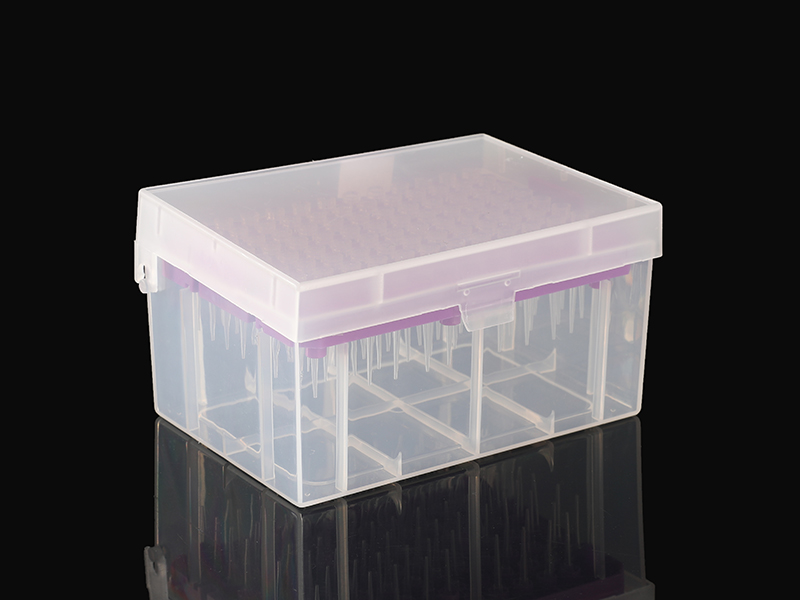As the most commonly used manual adjustable precision pipette in liquid operation, some wrong operations during use will bring errors to the operation itself, and some will cause damage to the machine. Here is a brief summary:
Error: When assembling the tip, use a pipette to repeatedly hit the tip, the above is tight;
Correct: Insert the suction head, turn left and right to tighten the suction head;
Analysis: Impact will cause loosening of the internal gear combination of the pipette, and long-term operation will affect the accuracy of the pipette;
Error: the tip does not match the pipette, which affects the airtightness; the correct selection of the tip that matches the pipette and has quality assurance;
Analysis: The mismatch of the tips is mainly manifested in the impact on the air tightness. Will directly affect the accuracy of the pipette, usually the pipetting operation will be less than the set amount;
Error: when pipetting, the pipette tilts to aspirate;
Correct: vertical aspiration;
Analysis: The inclined state will cause the pressure surface to change. Will affect the pipetting accuracy;

Error: When the tip contains undispensed liquid, the pipette is placed flat on the table;
Correct: Hang the pipette vertically on the pipette holder;
Analysis: The tip contains undispensed liquid. After the pipette is laid flat, the liquid may flow into the pipette body, which will affect the internal components of the pipette, cause serious damage, poor pollution, etc happened;
Error: use a large range of pipettes to remove small volumes of liquid;
Correct: The pipetting volume must be within the range provided by the pipette to meet the requirements of inaccuracy and inaccuracy;
Analysis: Because of the presence of the air cushion, it is the main reason for the inaccuracy of the pipette. The selection of the pipette should be the maximum range, which is closest to the selection principle of the liquid transfer volume;
Error: Draw liquid with strong volatility;
Correct: It is not recommended to use ordinary pipettes for strong volatile liquid transfer;
Analysis: If you must remove a highly volatile liquid, you should disassemble the pipette immediately after the end of the pipetting to allow the vapor to evaporate. At the same time, it is recommended to use an external piston pipette;
Error: the aspiration speed and the dispensing speed are too fast;
Correct: Slow suction and slow release;
Analysis: Quick-suction For pipettes with a volume of 1mL and above, it is easy to cause the liquid to overshoot. Discharging too quickly will increase the residual amount of liquid.

 简体中文
简体中文











